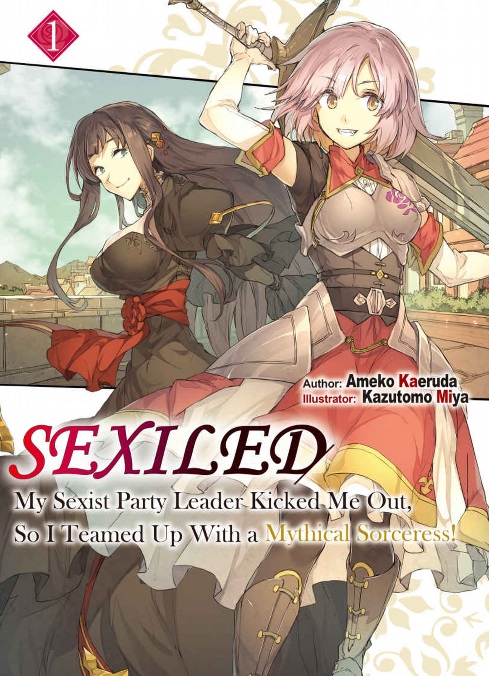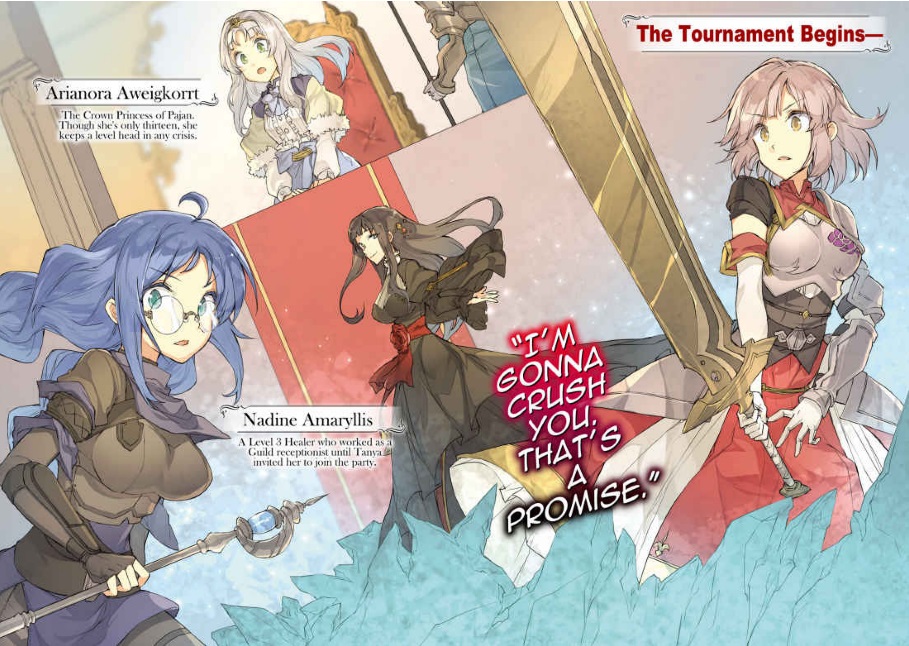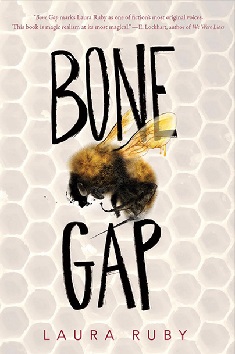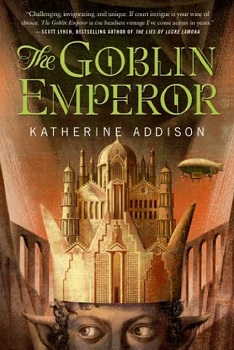
A Night in the Lonesome October
Roger Zelazny
Gahan Wilson (illustrator)
280 pages
published in 1993
A Night in the Lonesome October is a special book: except for the various collaborations he did with Robert Sheckley and others, it was the last novel written by Roger Zelazny before his death two years later. It was also a return to form. Zelazny had been one of the more interesting writers to emerge from American New Wave science fiction back in the sixties and had been a steady Hugo and Nebula nominee and winner in the sixties and seventies. the latter half of the eighties he had been mostly concerned with writing the second, lesser Amber cycle while in the nineties he mostly collaborated with other writers. A Night in the Lonesome October was the first new, solo non-Amber Zelazny novel since 1987 and more than that, it was good. As such it became a bit of a fan favourite among the people on the Usenet group rec.arts.sf.written, which resulted in a tradition of reading the novel day by day during October each year. This is possible because each chapter is a diary entry devoted to one day in October. I never took part in this, but this year I decided to try it when I wanted to reread it. (UPDATE: liar.)
Set in Late Victorian London, A Night in the Lonesome October is the diary of a dog named Snuff, companion to a man called Jack who has a special knife. Yes, that Jack. He and Snuff are participants in the Game, held every few decades when there’s a full Moon on Halloween, October 31. There are some other, very recognisable characters taking part in this game: a certain Count, the Great Detective (of course), the Good Doctor and his self made man, etc. There are also some less recognisable people taking part in the game, like Crazy Jill and her cat, Graymalk, the latter as close to a friend that Snuff has in the Game. What the Game is about is only gradually made clear, but it is one played between two sides, Openers and Closers. Each player may not know which side the others are on; each player is basically playing on his own until the climax. Therefore there’s room for schemes to be drawn up, alliances to be made and betrayals to happen.
It takes discpline to read A Night in the Lonesome October this way, day by day, especially at the start when the chapters are sort. The tendency to read ahead is great because Zelazny sprinkles enough interesting tidbits around even in these short chapters to tempt you into reading further. Why is a dog keeping a diary and why is it Jack the Ripper’s dog? What are the Things it is guarding in the Mirrors, Circle, Wardrobe and Steamer Trunk? What is it patrolling for and what is it his master is seeking? What does it all mean? Luckily ultimately every question does get answered, albeit often indirectly and in passing. The backstory is only hinted at, never explained. There’s also a little bit of legerdemain going on; not every player is what they seem, nor is every player even in the game. Not everything that looms large in Snuff consciousness as part of his duties is as important as it seems either, especially in those early chapters.
A Night in the Lonesome October at heart is a horror mystery pastiche where a lot of the fun comes from that frisson of recognition as characters wander in and out of the story and understanding their true roles in it. It’s a fun little book that you’d normally read in an hour or two, but reading it spread out like this heightens the anticipation for each chapter. I’m not a patient man and it did take some effort to stick to it, but I’m happy I did. Even if the whole book seems to have written for the truly awful pun in the second to last line of the story…




